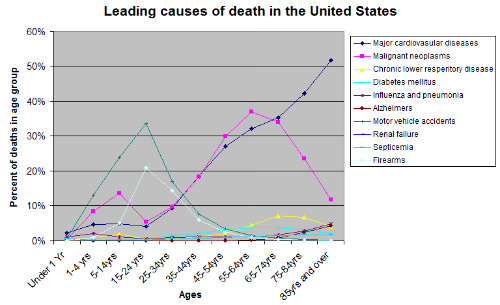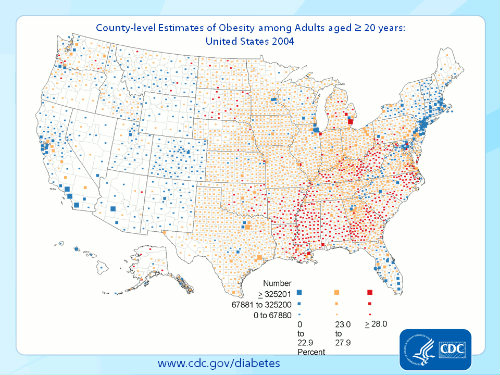- Dog walking linked to better physical health in older patients.
- Dog walking was associated with lower body mass index, fewer limitations in activities of daily living, fewer doctor visits, and more frequent moderate and vigorous exercise.
- Study provides evidence for the association between dog walking and physical health using a large, nationally representative sample.
- Results based on an analysis of data from the 2012 University of Michigan Health and Retirement Study.
A large, nationally representative study has established a link between dog walking and physical health in older adults. Even the relationship that a patient has with his or her dog can have a positive influence on physical health. Prescribing dog ownership and dog walking may be one of the most cost-effective and clinically effective recommendations a doctor can make. The study was published recently in The Gerontologist. (Figure 1.)

of cardiovascular disease in older Americans.
Researchers at the University of Missouri have found that older adults who own a dog benefit from the emotional and physical bonds that form with their dogs. Dog walking has been found to be linked to lower body mass index, fewer doctor visits, more frequent exercise, and an increase in social benefits for seniors. (Figure 2.)

The study specifically explored the associations between dog ownership and pet bonding with walking behavior and health outcomes in older Americans. “This study provides evidence for the association between dog walking and physical health using a large, nationally representative sample. The relationship with one's dog may be a positive influence on physical activity for older adults,” the authors noted. (Figure 3.)

but dog walking can reverse this trend.
The Analysis
The researchers used data from the 12th wave (2012) of the Health and Retirement Study (HRS). The HRS is also known as The University of Michigan Health and Retirement Study. The HRS is a longitudinal panel study that surveys a representative sample of approximately 20,000 people in America aged ≥50 years. The surveys are conducted every two years. The study is supported by the National Institute on Aging and the Social Security Administration. (Figure 4.)

was the single factor associated improved health.
Specifically, the “HRS explores the changes in labor force participation and the health transitions that individuals undergo toward the end of their work lives and in the years that follow. which included an experimental human-animal interaction module. Ordinary least squares regression and binary logistic regression models controlling for demographic variables were used to answer the research questions,” according to the University of Michigan website.
Suggesting dog ownership for your aging patients may be a fantastic prescription for a longer healthspan. It may also be one of the most cost-effective suggestions that you can make for an older patient.
